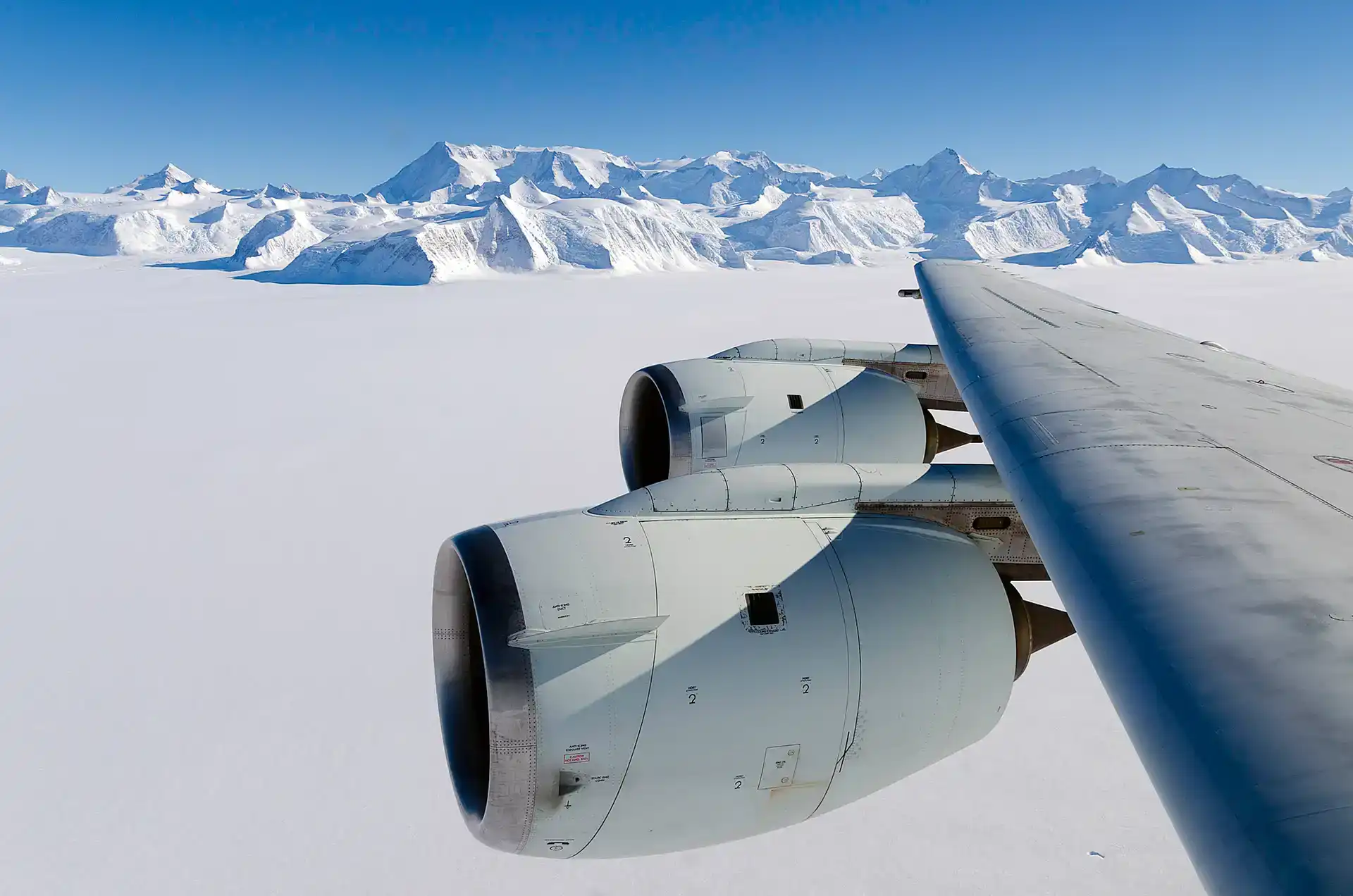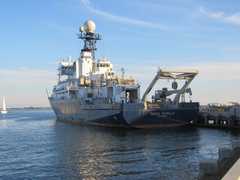The SEA-going POLarimetric (SEA-POL) Doppler radar is a C-band radar developed by Colorado State University. It is deployed on ships to collect radar measurements to characterize precipitation. SEA-POL typically operates at a 5.65 GHz frequency and has a beam width of 1 degree. It can provide dual-polarization measurements over a range excess of 200 km with a range resolution of either 54, 100, 180, or 300 m. Even though SEA-POL is typically used for ship-based measurements, it can be used for land-based operations.

Instrument Details
- Radar
- Earth Science > Spectral/engineering > Radar > Spectrum WidthEarth Science > Atmosphere > Precipitation > Liquid Precipitation > RainEarth Science > Atmosphere > PrecipitationEarth Science > Spectral/engineering > Radar > Doppler VelocityEarth Science > Atmosphere > Precipitation > Precipitation RateEarth Science > Spectral/engineering > Radar > Radar Reflectivity
- Full Column Profile
- Variable
- 54m, 100m, 180m, 300m
- 5.65 GHz
- Currently unavailble
Steven Rutledge
Steven Rutledge
CSU
NSF, CSU
data center outside NASA
- Physical Oceanography DAAC (PO.DAAC)
 R/V Roger Revelle 2 Campaigns · 16 Instruments | SPURS Salinity Processes in the Upper Ocean Regional Study 2012—2017 Subtropical North Atlantic Ocean, Tropical Eastern Pacific Ocean 2 Deployments · 41 Data Products
|
Filter data products from this instrument by specific campaigns, platforms, or formats.
CAMPAIGNS
PLATFORMS
FORMATS